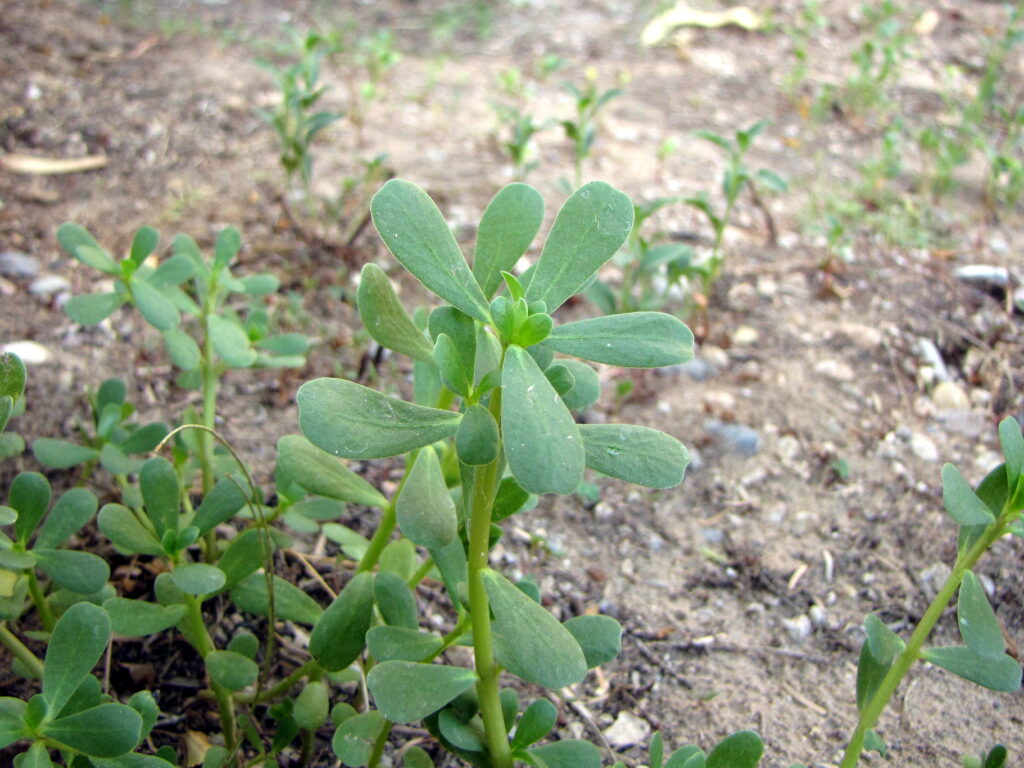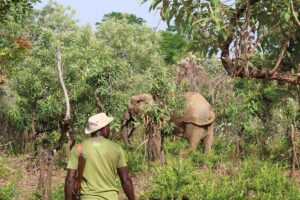Common weed may be key to developing drought resistant crops
Scientists believe we have much to learn from purslane, an overlooked plant which is highly productive even in periods of prolonged dry weather.
A research team at Yale University have been studying Portulaca oleracea, a common weed they think may hold a key to developing crops that are resistant to drought.

Also known as purslane, the plant integrates two distinct metabolic pathways, resulting in a novel type of photosynthesis which means the organism is highly productive even during extended periods of extremely dry weather conditions.
‘This is a very rare combination of traits and has created a kind of ‘super plant’ – one that could be potentially useful in endeavors such as crop engineering,’ said Yale’s Erika Edwards, Professor of Ecology and Evolutionary Biology and senior author of the paper.
Purslane possesses both C4 and CAM photosynthesis qualities, the former is what corn and sugarcane have evolved to cope with high temperatures, the latter is found in succulents like cacti and agaves, allowing them to survive in deserts and other areas where water is very scarce. After a spatial analysis of gene expression in purslane, it was found that activity involving both types of photosynthesis was fully integrated, operating in the same cells, offering unusually high protection against drought.
‘In terms of engineering a CAM cycle into a C4 crop, such as maize, there is still a lot of work to do before that could become a reality,’ said Edwards. ‘But what we’ve shown is that the two pathways can be efficiently integrated and share products. C4 and CAM are more compatible than we had thought, which leads us to suspect that there are many more C4+CAM species out there, waiting to be discovered.’
A recent study revealed the UK cities most at risk from water shortages by 2040.
Image credit: Wikipedia
















